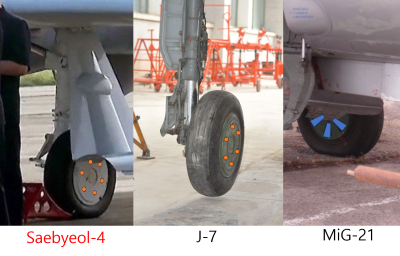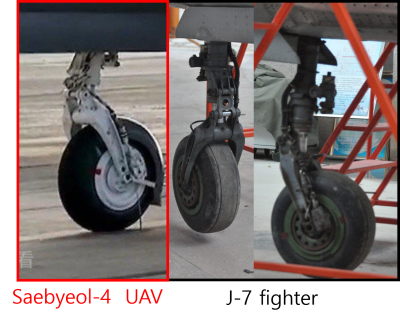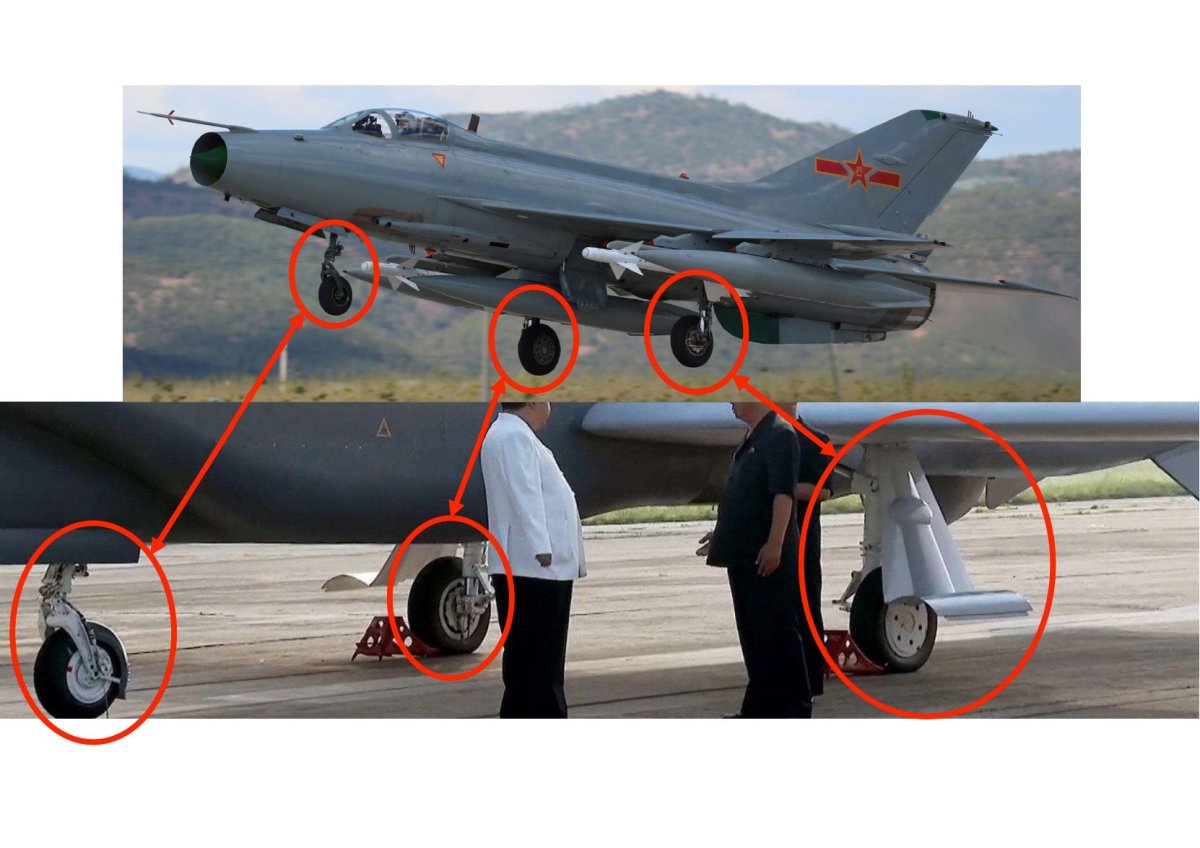North Korea’s strategic drone Saetbyul-4 appears to have been made with landing gear repurposed from China’s fighter jet J-7, according to an aviation expert.
North Korea’s state media outlet KCNA TV broadcast a film on January 15, 2024, showcasing leader Kim Jong Un’s inspection of the country’s unmanned aerial vehicle (UAV) forces, stirring international curiosity and concern.
Aviation Week’s South Korea correspondent Kim Minseok reported detailed observations of the UAVs featured, parts of which bear a striking resemblance to both the Chinese fighter jet and the U.S. drones.
The imagery depicts Kim Jong Un closely examining the Saebyeol-4, which not only mirrors the RQ-4 in size and shape but also shares landing gear components with China’s Chengdu Aircraft Industries Group Corporation (CAC) J-7 fighter aircraft.
This latest display of North Korea’s military advancements arrives amidst ongoing tensions with its southern neighbor, South Korea.
Kim Minseok “has made a strategic decision to go to war,” according to researchers at 38 North, part of foreign affairs think tank the Stimson Center.
In a January 11 report, 38North said the situation on the Korean Peninsula is now more dangerous, which hasn’t been seen since the Korean War, Newsweek reported previously.
The film prominently featured North Korea’s two drones, Saebyeol-4 and Saebyeol-9 UAVs, which have landing gear that resembles the gear on China’s J-7 fighter jet.
The J-7, known as a Chinese variant of the Russian MiG-21, shares performance characteristics with the MiG-21 but incorporates several distinct parts. North Korea’s reported possession of more than 130 J-7 aircraft suggests a significant inventory of components that could be repurposed for UAV development.
1 of 3
AviationWeek/KimMinseok

AviationWeek/KimMinseok

AviationWeekly/KimMinseok

AviationWeek/KimMinseok
North Korea’s two new drones were first seen at a military parade held in Pyongyang last July. Similar to the U.S. counterpart, the Saetbyul-4, which has a strikingly similar design to the U.S. Global Hawk, is a reconnaissance aircraft. The Saetbyul-9, like the other U.S. drone Reaper, is an attack drone, according to Kim Minseok.
Kim Minseok noted a noteworthy detail: the Saebyeol-4’s front and main landing gear have the same shape as those on the J-7, but with a reversed orientation of the two main landing gear wheels. This unique adaptation may imply deeper inferences about North Korea’s UAV capabilities.
The comparison of the maximum takeoff weight between the Saebyeol-4 and the RQ-4 — 14.6 tons for the RQ-4 versus 9.1 tons for the J-7 — suggests a potential reduction in the Saebyeol-4’s internal fuel capacity and mission payload. Such a decrease could significantly affect the UAV’s operational range and effectiveness.
Furthermore, the practice of retrofitting existing aircraft landing gear to new models, as seen with NASA’s X-plane series, typically denotes early-stage prototype or technology demonstrator aircraft, Kim Minseok added. This could indicate that the Saebyeol-4 is not slated for mass production and that North Korea might still be in the experimental phase of its UAV program.
The possible reuse of J-7 landing gear on the Saebyeol-4 raises questions about North Korea’s indigenous aircraft production capabilities. If the landing gear was indeed “cannibalized” from decommissioned J-7 fighters, it could point to limitations in the country’s ability to produce such components from scratch.

AviationWeek/KimMinseok
Uncommon Knowledge
Newsweek is committed to challenging conventional wisdom and finding connections in the search for common ground.
Newsweek is committed to challenging conventional wisdom and finding connections in the search for common ground.


